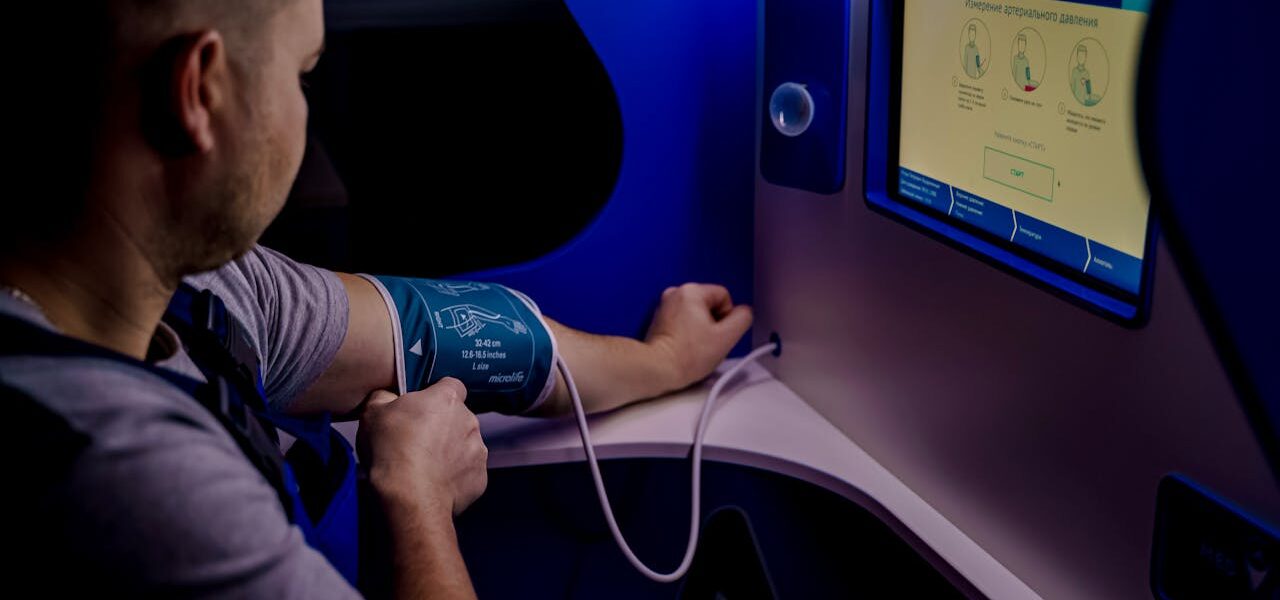Managing high blood pressure is critical to preventing serious health issues like heart disease and stroke. A recent study published in Hypertension (March 2024) suggests telemedicine combined with self-measured blood pressure monitoring could outperform traditional office visits in helping patients achieve better control.
This modern approach emphasizes patient involvement and remote care, making hypertension management more effective, accessible, and convenient.
What the Research Says
Researchers analyzed 31 clinical trials lasting between six and 12 months, comparing telemedicine with traditional in-office care for blood pressure management. The findings were clear: patients who utilized telemedicine and self-measured their blood pressure at home achieved significantly better results.
On average, systolic blood pressure (the top number in a reading) dropped by 7.3 points for those using virtual care. This improvement highlights the potential of combining home monitoring with remote communication to optimize health outcomes.
The Role of Pharmacists in Telemedicine Care
The study revealed even greater benefits when pharmacists managed patients’ blood pressure medications. Pharmacists’ expertise in drug interactions and dosage adjustments allowed for more personalized and precise treatment plans. This collaborative approach enhanced the effectiveness of telemedicine, ensuring patients received the right medications at optimal doses.
Why Telemedicine Works for Blood Pressure Management
Telemedicine offers unique advantages over traditional office visits, particularly for managing chronic conditions like hypertension. Key benefits include:
- Convenience: Patients can measure their blood pressure at home and consult healthcare providers remotely, saving time and effort.
- Personalized Care: Remote monitoring enables tailored interventions based on accurate, real-time data collected by patients themselves.
- Accessibility: People in remote or underserved areas can access specialized care without traveling long distances.
- Patient Engagement: Involving patients in their own care encourages adherence to treatment plans and fosters better outcomes.
Self-Measured Blood Pressure Monitoring: A Key Component
Self-measured blood pressure monitoring is central to the telemedicine approach. By regularly tracking their readings at home, patients provide their healthcare providers with valuable data. This practice allows for real-time adjustments to treatment plans and a more dynamic response to fluctuating blood pressure levels.
Moving Beyond Traditional Care
Traditional office visits, while valuable, often have limitations. They may involve infrequent blood pressure checks and rely on single-point-in-time readings that don’t capture fluctuations throughout the day. Telemedicine addresses these gaps by offering continuous, data-driven care.
Moreover, remote consultations reduce barriers like travel time, scheduling conflicts, and the stress often associated with clinical visits. These factors make telemedicine a particularly attractive option for people managing long-term conditions.
How Telemedicine Fits into Modern Healthcare
Telemedicine is not just a convenience—it’s a transformative healthcare tool. It allows for better management of chronic conditions by integrating technology, patient participation, and expert care. The ability to connect with healthcare providers remotely and adjust treatment plans based on real-time data makes telemedicine an essential component of future healthcare models.
A Step Forward in Blood Pressure Control
For patients looking to better control high blood pressure, telemedicine offers a proven, effective solution. Combining remote consultations with self-measured blood pressure monitoring puts patients at the center of their care, leading to improved outcomes.
Ready to take control of your blood pressure with telemedicine? Explore innovative solutions that make managing hypertension easier and more effective. Learn more about remote health monitoring in our related articles.



